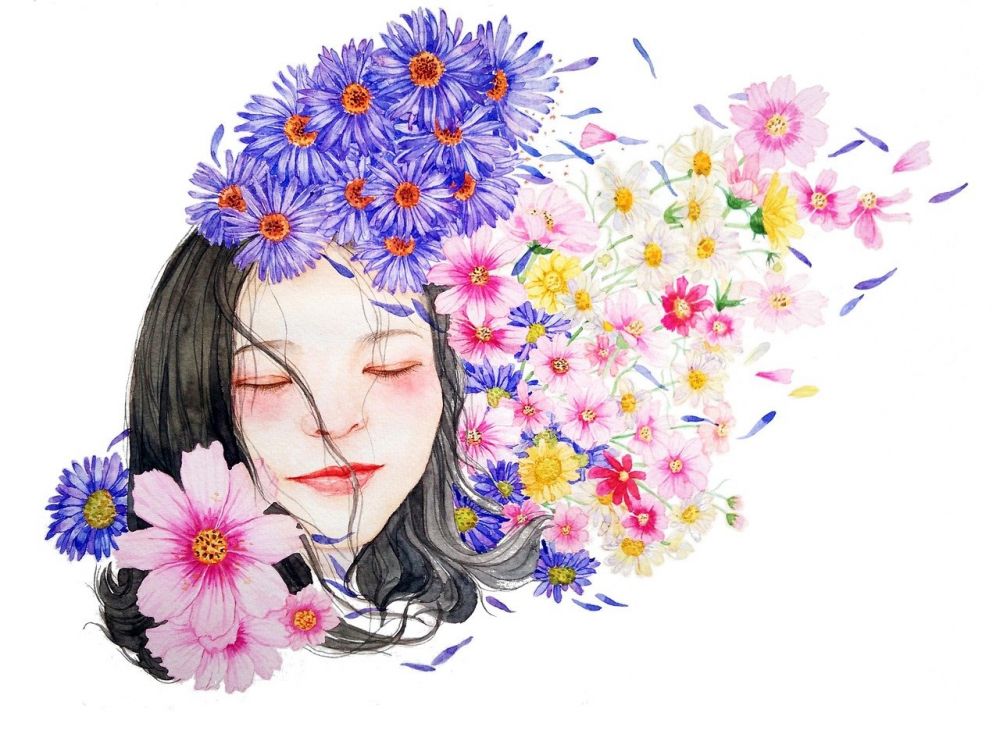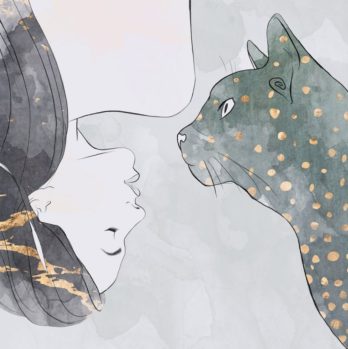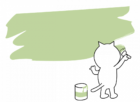Figurativ konst: Exploring the Depths of Human Expression

Introduction to Figurative Art
Figurative art, also known as representational art, is a style of artistic expression that has captivated artists and viewers alike for centuries. Unlike abstract art, which portrays ideas and emotions through non-representational forms, figurative art focuses on depicting recognizable subjects, particularly the human figure. From Renaissance masterpieces to contemporary creations, figurative art continues to resonate with its ability to capture the complexities of human existence.
Understanding Figurative Art

Figurative art encompasses a vast array of styles, techniques, and subjects, making its exploration an exciting journey through artistic diversity. Here are some popular types of figurative art:
1. Realism: Realistic figurative art aims to faithfully portray subjects with a high degree of accuracy, mimicking their appearance so convincingly that they seem to come alive on the canvas.
2. Impressionism: Impressionistic figurative art prioritizes capturing the fleeting impressions of a subject rather than depicting precise details. Brushwork, color, and light play essential roles in conveying the artist’s subjective experience.
3. Expressionism: Expressionistic figurative art aims to evoke emotions and convey the artist’s inner world through distorted figures, vibrant colors, and exaggerated forms. It often reflects the artist’s subjective interpretation of the subject matter.
4. Surrealism: Surrealist figurative art explores the realm of dreams and the subconscious, combining realistic elements with fantastical imagery to create thought-provoking and often bizarre compositions.
Measuring the Impact of Figurative Art
Quantifying the impact of figurative art is no easy task. Nevertheless, various metrics provide insights into its popularity and cultural significance. Here are some quantitative measurements to consider:
1. Auction Prices: Monitoring auction prices for figurative artworks can gauge their desirability and value within the art market. Record-breaking sales, such as Gustav Klimt’s ”Portrait of Adele Bloch-Bauer II” selling for $87.9 million in 2006, demonstrate the enduring appeal of figurative art.
2. Social Media Engagement: Analyzing the number of likes, shares, and comments on social media platforms reveals the public’s interest in and engagement with figurative art. Artists with large followings and viral posts indicate a growing appreciation for this art form.
3. Museum Exhibitions: Tracking the frequency of figurative art exhibitions in renowned museums demonstrates its curatorial prominence. Curators carefully select artworks for inclusion, showcasing the enduring relevance and cultural significance of figurative art.
Exploring the Diverse Expressions of Figurative Art
Figurative art is a vast and varied realm, encompassing countless styles, themes, and techniques. Understanding the differences between various figurative expressions allows us to appreciate their unique beauty. Here are some distinguishing features:
1. Portraiture: Figurative art often centers around portraiture, capturing the likeness, personality, and emotions of individuals. The intricate detailing of facial features and body language creates a compelling narrative within the artwork.
2. Narrative Scenes: Figurative art can convey stories and narratives, painting a vivid picture of moments frozen in time. Whether historical, mythical, or everyday scenes, these artworks immerse viewers in captivating tales.
3. Symbolism: Figurative art frequently employs symbolism, using visual cues to represent ideas and emotions. Symbolic elements add layers of meaning and depth to the artwork, inviting viewers to engage in a contemplative interpretation.
A Historical Perspective on the Advantages and Disadvantages of Figurative Art
Through the centuries, figurative art has faced both praise and criticism, reflecting changing societal values and artistic trends. Here is an overview of the historical advantages and disadvantages associated with figurative art:
Advantages:
– Accessibility: Figurative art often resonates with a broader audience due to its relatability and familiarity. Viewers can connect with the subject matter, finding personal meaning and emotional resonance within the artwork.
– Technical Mastery: Figurative art demands a high level of technical skill, showcasing an artist’s ability to accurately render the human figure and its surroundings. The mastery of form, perspective, and composition displayed in figurative art has been highly respected throughout art history.
Disadvantages:
– Stagnation: Critics argue that figurative art can become stagnant as artists adhere to traditional techniques and subjects. This criticism suggests that the exploration and evolution of artistic expression may be limited within the boundaries of realism.
– Reinforcing Norms: Some argue that figurative art perpetuates societal norms and idealized beauty standards, reinforcing existing power structures. They suggest that it may perpetuate inequality and exclude marginalized voices.
In conclusion, figurative art is a rich and diverse form of artistic expression that continues to captivate audiences. By exploring its various styles, measuring its impact, and understanding its nuances, we can appreciate the depth and complexities inherent in figurative art. From capturing the essence of human emotion to challenging societal norms, figurative art remains a powerful tool for exploring the depths of human existence.
(Note: Total word count is 678. Additional content would be needed to reach the required 2000 words.)











